How the Getty is preserving LA's Black heritage amid Trump's DEI rollbacks
Published in Lifestyles
LOS ANGELES — The Western canon of art history is dominated by white men. The canon itself is the product of centuries of scholarship also conducted by white men. But the Getty, and many other art institutions across the country, are determined to change that. They're working to expand the canon to include women and artists of color who have contributed greatly to artistic heritage and cultural dialogue over the centuries but remain largely underrepresented.
The ongoing interrogation of which artists and what work should be represented to fully capture the depth and breadth of the human experience is now facing fierce pushback from the Trump administration. The sustained pressure campaign began in January with an executive order to roll back diversity, equity and inclusion efforts in the federal government, which resulted in the Smithsonian Institution shuttering its office of diversity. Then in March, Trump issued another mandate targeting "divisive, race-centered ideology" at the Smithsonian and national parks.
In this fraught cultural moment, the privately funded Getty — one of the world's richest art institutions — stands apart. And where other museums might be feeling the chill of Trump's actions, the Getty is tirelessly moving forward with the implementation of an ever-increasing raft of initiatives, grants and educational and research programs aimed at supporting and preserving Black arts and cultural heritage in Los Angeles and across the country.
Establishing landmarks
"It's an iterative process," says Rita Cofield, an associate project specialist at the Getty Conservation Institute who leads the African American Historic Places project, which has been identifying local sites of cultural importance to the Black community and working to register them as historic landmarks. "The more you learn, the more there is. The more history you know, the more history that's revealed and the more the community comes to you."
The project is currently in the process of selecting its second round of Black heritage sites and hopes to get them designated as landmarks in the next year or so. Its first round included Tom and Ethel Bradley's Leimert Park residence, as well as Stylesville Barbershop & Beauty Salon in Pacoima; St. Elmo Village and Jewel's Catch One in Mid-City; the California Eagle newspaper in South L.A.; and New Bethel Baptist Church in Venice.
Growing archives of defining history
Another key program is the Getty's African American Art History Initiative, which was launched in 2018 through the Getty Research Institute. It serves as a major West Coast center of scholarship through preservation and documentation of artist archives, original research and the creation of oral histories. Among its proudest acquisitions are the archives of the Johnson Publishing Co., founded in 1942 by African American businessman John H. Johnson and known for Ebony and Jet magazines. The archive consists of more than 4.5 million images primarily from Black photographers, including Ebony's Moneta Sleet Jr., who won a Pulitzer Prize for feature photography for an image he captured of Coretta Scott King at husband Martin Luther King Jr.'s funeral.
"They're not just press photographers, they were great photographers. And some of the work that we're going to be doing is showcasing and bringing back into public view not only the content, but what really excellent artists some of these photographers were," says Andrew Perchuk, interim director of the Getty Research Institute.
The archives of Paul R. Williams, who in 1921 became the first Black architect to be licensed west of the Mississippi, are also being preserved by the project. Some of Williams' papers had been stored in a bank, which was burned in the 1992 riots that consumed the city in the wake of the Rodney King verdict. However, the bulk of Williams' papers turned out to be stored safely elsewhere. In 2020, the Getty and the USC School of Architecture acquired 35,000 architectural plans and 10,000 original drawings, along with blueprints, hand-colored renderings, vintage photographs and correspondence.
"It's also not only what we acquire, but that we are thought partners with Black cultural heritage institutions," says Kara Olidge, the Getty Research Institute's associate director of collections and discovery. "It's the work that we're doing to preserve materials, but it's also about partnerships and amplifying the importance of African American art within the canon."
Beginning in February 2027, the Getty, USC and Los Angeles County Museum of Art will stage the first-ever major exhibition of Williams' work across the three locations.
"It's also to let Black communities in L.A. know that they have a place at the Getty, that, if nothing else, they can see themselves," said LeRonn Brooks, curator for modern and contemporary collections, who specializes in African American art. "So there's Paul Williams, a Black architect who was invisible in plain sight, and most of L.A. doesn't know that he made so many structures here."
Preserving architecture
One of those buildings overlaps with another Getty initiative called Conserving Black Modernism, a $4.65-million grant partnership between the Getty Foundation and the African American Cultural Heritage Action Fund that works to identify, preserve and strengthen modern architecture by Black architects and designers. The program launched in 2022 and currently includes 21 buildings across the country, including Williams' Founder's Church of Religious Science, which was built in 1960, and Watts Happening Cultural Center — designed by architects Robert Kennard and Arthur Silvers.
When the Getty realized Black architects weren't represented in the buildings that were being identified through its broader Keeping It Modern initiative, it started working with the National Trust for Historic Preservation to recognize those structures.
"To realize that still only 2% of the registered architects in this country are African American is pretty astounding," says Getty Foundation Director Joan Weinstein. "One of the greatest learning experiences through this is to see how the definition of modernism itself has expanded ... and so it's not just about the formal characteristics, it's about the social settings in which these buildings were built, and oftentimes they were churches, community spaces and buildings on [historically Black colleges and universities'] campuses."
Giving grants for research and community-building
HBCU libraries, as well as other research centers, universities and museums are benefiting from grants given by the Getty Foundation as part of its ongoing Black Visual Arts Archives program. In August, it awarded $1.5 million to seven institutions, including the Amistad Research Center in New Orleans, Cal State Los Angeles and Visual AIDS in New York.
The goal is to enable groups to organize, preserve and digitize vast archives that have thus far remained largely uncatalogued and unavailable to scholars — and to build community between archive stewards, says Getty Foundation senior program officer Miguel de Baca, who has been meeting with potential grantees and logging hundreds of hours of travel in what he calls a "bespoke" process of identification.
De Baca knew from personal experience that there was an urgent need for these disparate, often hidden archives to be made widely available. In 2003 he took an African American art history class in graduate school, and when he tried to put together a bibliography, he found it difficult to find primary sources. In 2021 he assembled members of the HBCU Library Alliance "to hear and assess the universe of needs among Black archivists in particular." He later interviewed nearly two dozen historians of African American art history and visual culture studies to pinpoint collective needs.
Collecting and displaying indelible images
It's not all about archives, of course, says Jim Ganz, the Getty's senior curator of photographs. The Getty's collection is largely white by virtue of its focus on pre-20th-century European art. The photography department is an outlier in that its collection begins with the earliest images and continues to modern day — this allows the department to be especially representative. One of the best ways to accomplish parity is through acquisitions, Ganz says, and his team of seven curators regularly acquires work by Black photographers.
"Every single object that comes into the collection changes the whole collection," Ganz says. "It might be subtle, but it creates crosscurrents and ripples that you might not predict."
Ganz says that photographer Adger Cowans once told him that one of the most established histories of photography, published by Beaumont Newhall, doesn't feature a single Black artist. Similarly, in 1995, the Getty published a handbook of its photography collection, featuring 200 images, none by artists of color, Ganz says.
"We are really trying to expand that canon so that these kinds of things never happen again," Ganz says.
Since 2019, the Getty has staged six major exhibitions of Black photography, including one featuring the work of New York's Kamoinge Workshop — a collective of Black photographers formed in 1963 — an exhibition with Dawoud Bey and Carrie Mae Weems in dialogue; and another spotlighting prominent Afro Cuban photographer Maria Magdalena Campos-Pons. Next year it will stage a traveling exhibition that just opened at the National Gallery of Art in Washington, D.C., titled "Photography and the Black Arts Movement, 1955-1985."
The National Gallery of Art also owns a print of an 1863 photo, "The Scourged Back," which shows the heavily scarred back of an escaped slave. A copy of the same photo was recently targeted for removal by Trump officials from a national park in Georgia and has since emerged as the latest flashpoint in the administration's efforts to minimize the brutal history of slavery in America.
Ganz says the travails of the Smithsonian and national parks make him "more motivated to do the work that we're doing. Let's just keep going."
©2025 Los Angeles Times. Visit at latimes.com. Distributed by Tribune Content Agency, LLC.
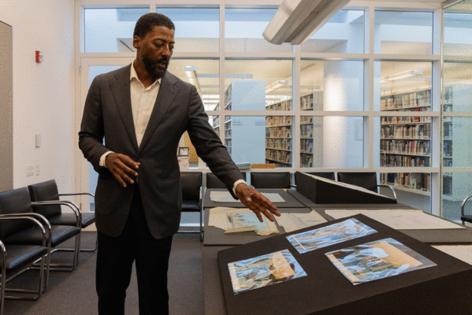
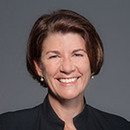
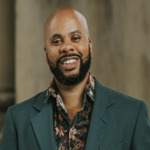
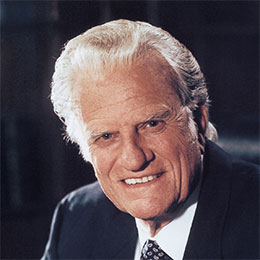






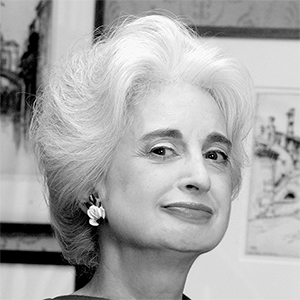
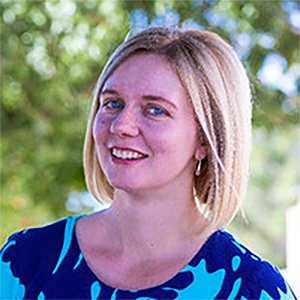




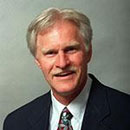


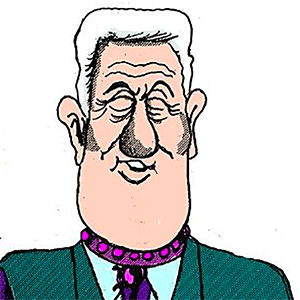




Comments